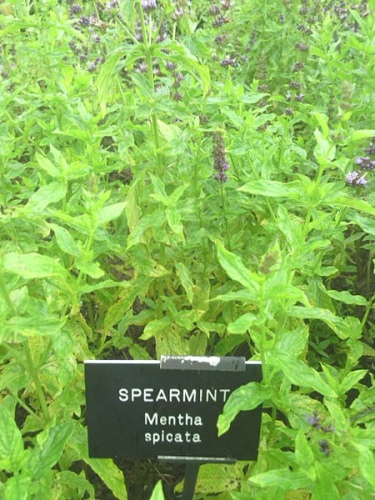[1] Sunspirit Aromatherapy. Sunspirit
Oils Pty Ltd. A Ti-Tree Place. Byron Bay NSW 2481. www.sunspirit.com.au.
[2] Potter's New Cyclopaedia of Botanical Drugs and Preparations R.C.
Wren Revised by Elizabeth M. Williamson and Fred J Evans. First published in
Great Britain in 1988 and reprinted in 1989 and 1994 by the C. W. Daniel Company
Limited. 1 Church Path, Saffron Walden Essex. Published 1988 Printed and bound
by Biddles, Guildford ISBN 085207 1973.
Images
1.
commons.wikimedia.org
by Victuallers CCSA 3.0 Unported
 Mentha
spicata. Spearmint Family:
Labiatae
Mentha
spicata. Spearmint Family:
Labiatae